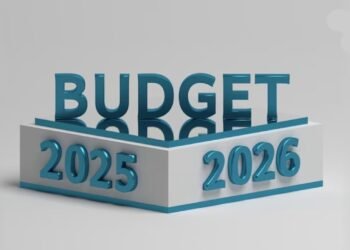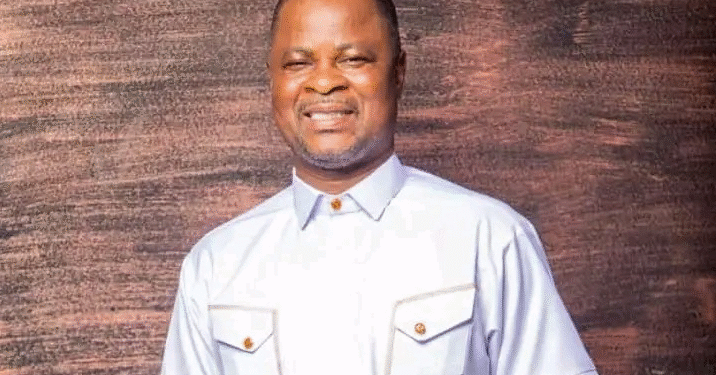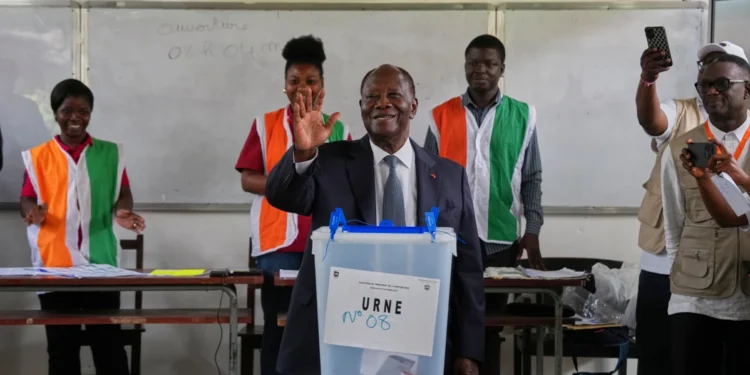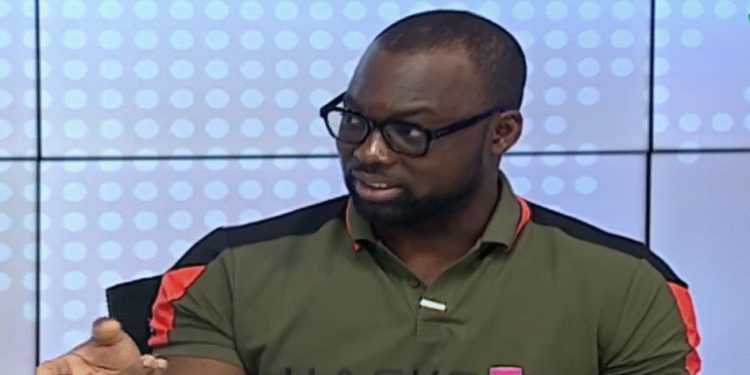The latest Regional Outlook from the International Monetary Fund (IMF) paints a mixed picture for Sub-Saharan Africa.
While there are signs of gradual improvement after four tumultuous years, the region still grapples with various challenges. The report highlights a growth trajectory from 3.4 percent in 2023 to a projected 3.8 percent in 2024, with the majority of countries anticipating higher growth.
Looking ahead, economic recovery is expected to continue. The projected figures offer a glimmer of hope, but the region’s vulnerabilities to global external shocks persist.
Inflation rates have seen a significant reduction, and public debt ratios have stabilized, signaling positive developments. Moreover, several countries have successfully issued Eurobonds, marking a return to international markets after a two-year hiatus. However, amidst these positive indicators, challenges persist.
Sub-Saharan African governments continue to face financing shortages, high borrowing costs, and looming debt repayments, perpetuating a funding squeeze that hampers economic progress. Additionally, risks to the outlook remain, exacerbated by factors such as political instability and recurrent climate events.
Three Policy Priorities to Help Sub-Saharan Africa
Recognizing these challenges, the IMF emphasizes three policy priorities to help Sub-Saharan Africa navigate the complexities of global external shocks and foster sustainable growth. First and foremost is the imperative to improve public finances without compromising developmental goals.
Fiscal prudence is essential to ensure that governments can effectively manage their budgets, allocate resources efficiently, and invest in critical sectors such as healthcare, education, and infrastructure.
Secondly, monetary policy must prioritize price stability to mitigate the adverse effects of inflation on economic stability and living standards. A sound monetary framework is crucial for maintaining investor confidence, stabilizing exchange rates, and facilitating sustainable growth. Central banks play a pivotal role in achieving this objective through prudent management of interest rates, liquidity, and currency reserves.
The third policy priority underscores the importance of implementing structural reforms to diversify funding sources and economies. Over-reliance on a narrow range of commodities or external financing exposes countries to heightened risks during periods of economic volatility. Structural reforms aimed at promoting economic diversification, fostering innovation, and enhancing competitiveness can help mitigate these risks and build resilience against external shocks.
Growth Rates Also Vary Widely By Country
The IMF iterated thatfor 2024, growth rates also vary widely by country. South Africa’s growth is projected at only 0.9 percent for 2024, hampered by persistent energy shortages and logistical challenges at ports and railways.
Nigeria is expected to grow by 3.3 percent in 2024, a slight improvement from 2023, supported by its oil sector. Notably, Niger and Senegal are among the region’s fastest-growing economies, projected to expand by 10.4 percent and 8.3 percent in 2024, respectively, thanks to oil and gas projects coming online.
Overall, the growth divergence between resource-intensive and non-resource-intensive (diversified) countries is expected to persist—a long-standing pattern, becoming particularly entrenched since the commodity-price shock of 2015, with the former group of countries projected to grow at 3.0 percent, and the latter at 5.7 percent in 2024.
In 2025, sub-Saharan Africa is projected to grow by 4.0 percent, with private consumption and investment continuing their recovery. In the baseline, other frontier markets beyond Côte d’Ivoire, Benin, and Kenya are expected to start issuing in 2025 or later.
This will help ease the funding squeeze in those countries and support the recovery. In the medium term, the region’s growth is anticipated to stabilize at around 4.3 percent, with non-resource-intensive countries expected to grow almost twice as fast as their resource-heavy counterparts, 6.2 percent compared to 3.5 percent.
While these policy prescriptions offer a roadmap for navigating current challenges, the IMF emphasizes that Sub-Saharan African countries cannot do it alone. International support and collaboration are indispensable in fostering inclusive, sustainable, and prosperous futures for the region. Increased financial assistance, technical expertise, and capacity-building initiatives are essential to complement domestic efforts and address systemic challenges effectively.
READ ALSO: Access Bank, Mastercard Join Forces to Revolutionize Cross-Border Payments for African Businesses























